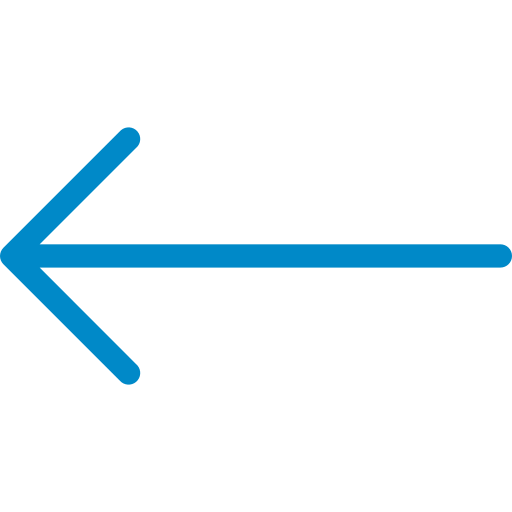GATE Civil Engineering Syllabus
Home / GATE / GATE Civil Enginerring Syllabus
The GATE Civil Engineering syllabus consists of 8 broad subjects, namely Engineering Mathematics, Structural Engineering, Geotechnical Engineering, Water Resources Engineering, Environmental Engineering, Transportation Engineering, Surveying, General Aptitude, and Engineering Mechanics. Each section has a specific weightage, which is determined by the number of questions asked from that section in the examination.
Some of the important subjects covered in the GATE Civil Engineering syllabus include Soil Mechanics, Foundation Engineering, Strength of Materials, Building Materials and Construction, Fluid Mechanics, Hydrology, Irrigation, and Environmental Pollution. The syllabus is designed to test the candidate’s conceptual knowledge, problem-solving skills, and application of engineering principles.
GATE Civil Engineering Syllabus
GATE Civil Engineering Subject-Wise Weightage
The subject-wise weightage varies every year, and candidates are advised to refer to the official GATE website for the latest updates. To prepare for the examination, candidates must have a thorough understanding of the concepts, practice the previous year’s question papers, and take mock tests to improve their time management and accuracy.
| Subject | 2012 | 2013 | 2014 | 2015 | 2016 | 2017 | 2018 | 2019 | 2020 | 2021 | 2022 | 2023 |
|---|---|---|---|---|---|---|---|---|---|---|---|---|
| Engg. Maths |
13 |
8 |
8 |
13 |
14 |
13 |
12 |
10 |
13 |
11 |
12 |
13 |
| Geotechnical Engineering |
15 |
14 |
12 |
14 |
14 |
13 |
14 |
14 |
14 |
13 |
13 |
16 |
| Environmental Engineering |
10 |
8 |
9 |
8 |
10 |
11 |
10 |
10 |
11 |
12 |
13 |
13 |
| Transportation Engineering |
9 |
9 |
10 |
8 |
6 |
8 |
9 |
10 |
10 |
9 |
12 |
6 |
| Strength of Materials |
10 |
9 |
9 |
6 |
4 |
8 |
8 |
6 |
8 |
8 |
5 |
5 |
| FM & HM |
5 |
9 |
13 |
9 |
7 |
7 |
7 |
8 |
8 |
7 |
6 |
7 |
| Structural Analysis |
0 |
9 |
8 |
6 |
7 |
6 |
6 |
6 |
3 |
5 |
6 |
7 |
| RCC |
8 |
5 |
6 |
7 |
4 |
5 |
8 |
4 |
5 |
3 |
3 |
4 |
| Surveying |
3 |
5 |
5 |
6 |
4 |
4 |
4 |
5 |
4 |
4 |
3 |
4 |
| Hydrology |
7 |
6 |
2 |
4 |
3 |
4 |
4 |
4 |
2 |
3 |
2 |
5 |
| Design of Steel Structures |
3 |
1 |
1 |
2 |
2 |
2 |
2 |
4 |
2 |
2 |
2 |
1 |
| Irrigation |
2 |
2 |
2 |
2 |
2 |
2 |
1 |
1 |
3 |
2 |
3 |
1 |
| Constru. Materials & Mgmt. |
4 |
3 |
3 |
3 |
2 |
6 |
1 |

 7799996602
7799996602
